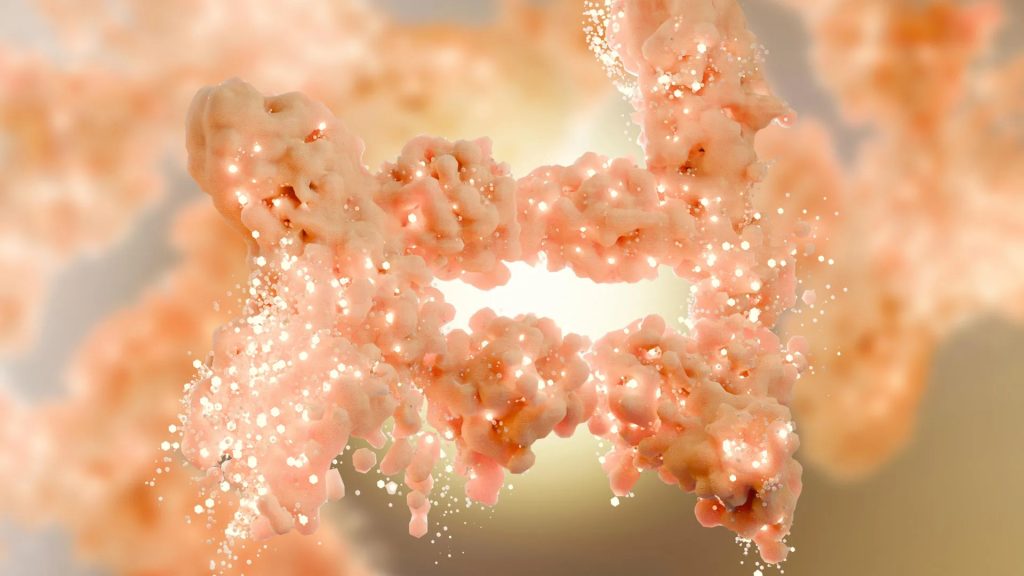Source: Pennington Biomedical Research Center.
Summary:
Reducing calorie intake not only aids weight loss but also lowers levels of cysteine—an amino acid that controls whether fat cells store energy or burn it. Researchers discovered that when cysteine drops, white fat shifts into calorie-burning brown fat, enhancing metabolism and accelerating weight loss in both humans and animal studies.
Consuming fewer calories is well known to support better health and weight loss, but new research in Nature Metabolism highlights the sulfur-containing amino acid cysteine as a crucial factor in the process. In the study, “Cysteine depletion triggers adipose tissue thermogenesis and weight loss,” scientists found that calorie restriction lowered cysteine levels in white fat tissue.
Pennington Biomedical researchers Dr. Eric Ravussin and Dr. Krisztian Stadler, along with their colleagues, investigated the role of cysteine and found that it promotes the conversion of white fat cells into brown fat cells—an energy-burning form of fat that generates heat and helps regulate body temperature. In animal models, completely restricting cysteine led to significant weight loss, enhanced fat burning, and greater browning of fat cells, underscoring cysteine’s critical role in metabolism.
“Beyond the significant weight loss and increased fat burning observed with cysteine removal, this amino acid also plays a vital role in redox balance and related biological pathways,” said Dr. Krisztian Stadler, director of the Oxidative Stress and Disease Laboratory at Pennington Biomedical. “These findings point to potential future weight management strategies that may not depend solely on calorie restriction.”
The article draws on findings from both human and animal studies. In the human trials, researchers analyzed fat tissue samples from participants who had restricted their calorie intake for a year. By examining thousands of metabolites—compounds produced when the body processes food and stores energy—they found that cysteine levels were reduced.
“Reverse translation of a human caloric restriction trial identified a new player in energy metabolism,” said Dr. Ravussin, who holds the Douglas L. Gordon Chair in Diabetes and Metabolism at Pennington Biomedical and oversees its Human Translation Physiology Lab. “Systemic cysteine depletion in mice causes weight loss with increased fat utilisation and browning of adipocytes.”
The tissue samples came from participants in the CALERIE clinical trial, which recruited healthy young and middle-aged men and women who were instructed to reduce their calorie intake by an average of 14% over two years. With the reduction of cysteine, the participants also experienced subsequent weight loss, improved muscle health, and reduced inflammation.
In the animal models, researchers provided meals with reduced calories. This resulted in a 40% drop in body temperature, but regardless of the cellular stress, the animal models did not exhibit tissue damage, suggesting that protective systems may kick in when cysteine is low.
“Dr. Ravussin, Dr. Stadler, and their colleagues have made a remarkable discovery showing that cysteine regulates the transition from white to brown fat cells, opening new therapeutic avenues for treating obesity,” said Dr. John Kirwan, Executive Director of Pennington Biomedical Research Center. “I would like to congratulate this research team on uncovering this important metabolic mechanism that could eventually transform how we approach weight management interventions.”
Story Source:
Materials provided by Pennington Biomedical Research Center. Note: Content may be edited for style and length.
Journal Reference:
- Aileen H. Lee, Lucie Orliaguet, Yun-Hee Youm, Rae Maeda, Tamara Dlugos, Yuanjiu Lei, Daniel Coman, Irina Shchukina, Prabhakar Sairam Andhey, Steven R. Smith, Eric Ravussin, Krisztian Stadler, Bandy Chen, Maxim N. Artyomov, Fahmeed Hyder, Tamas L. Horvath, Marc Schneeberger, Yuki Sugiura, Vishwa Deep Dixit. Cysteine depletion triggers adipose tissue thermogenesis and weight loss. Nature Metabolism, 2025; 7 (6): 1204 DOI: 10.1038/s42255-025-01297-8



